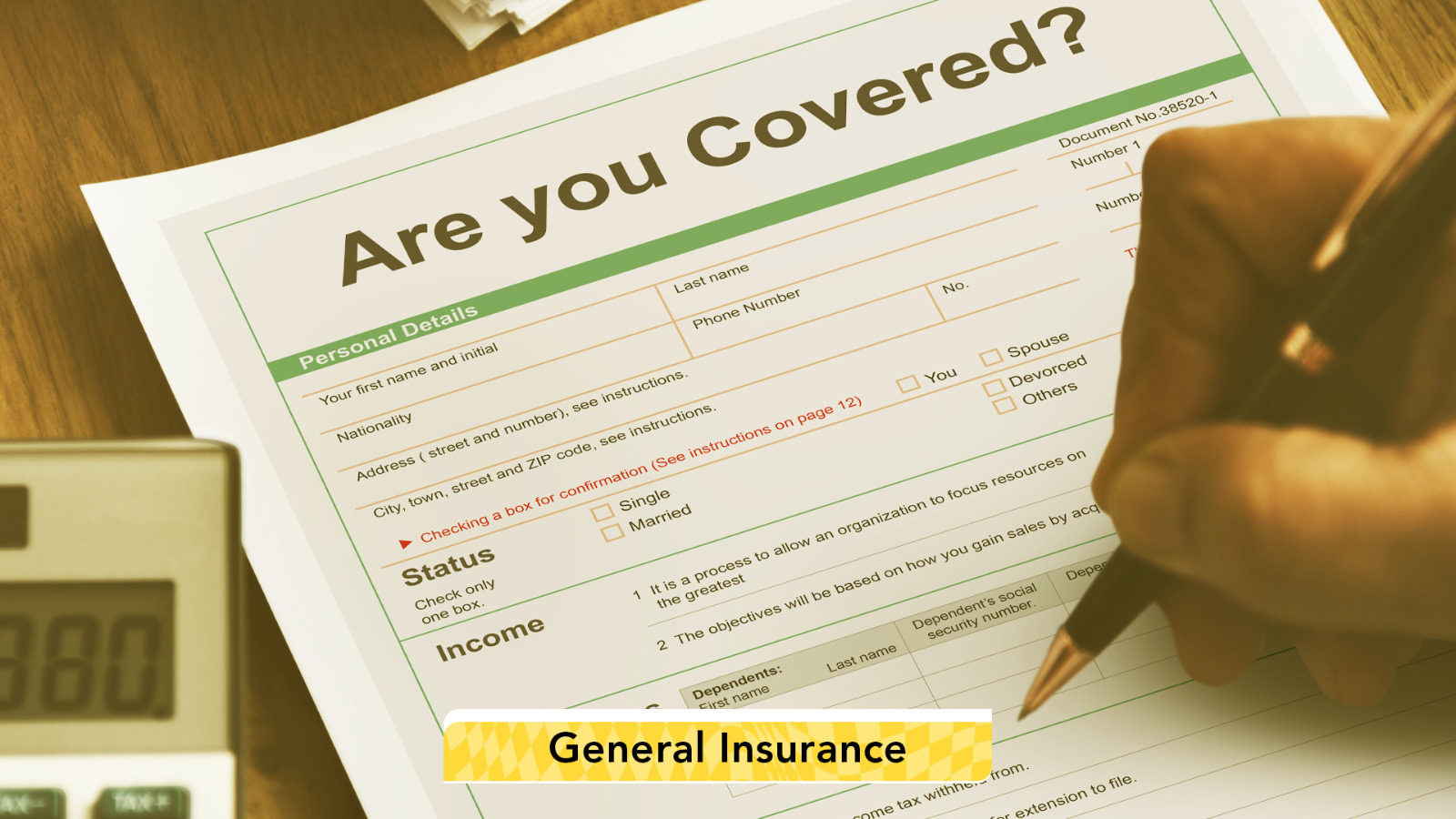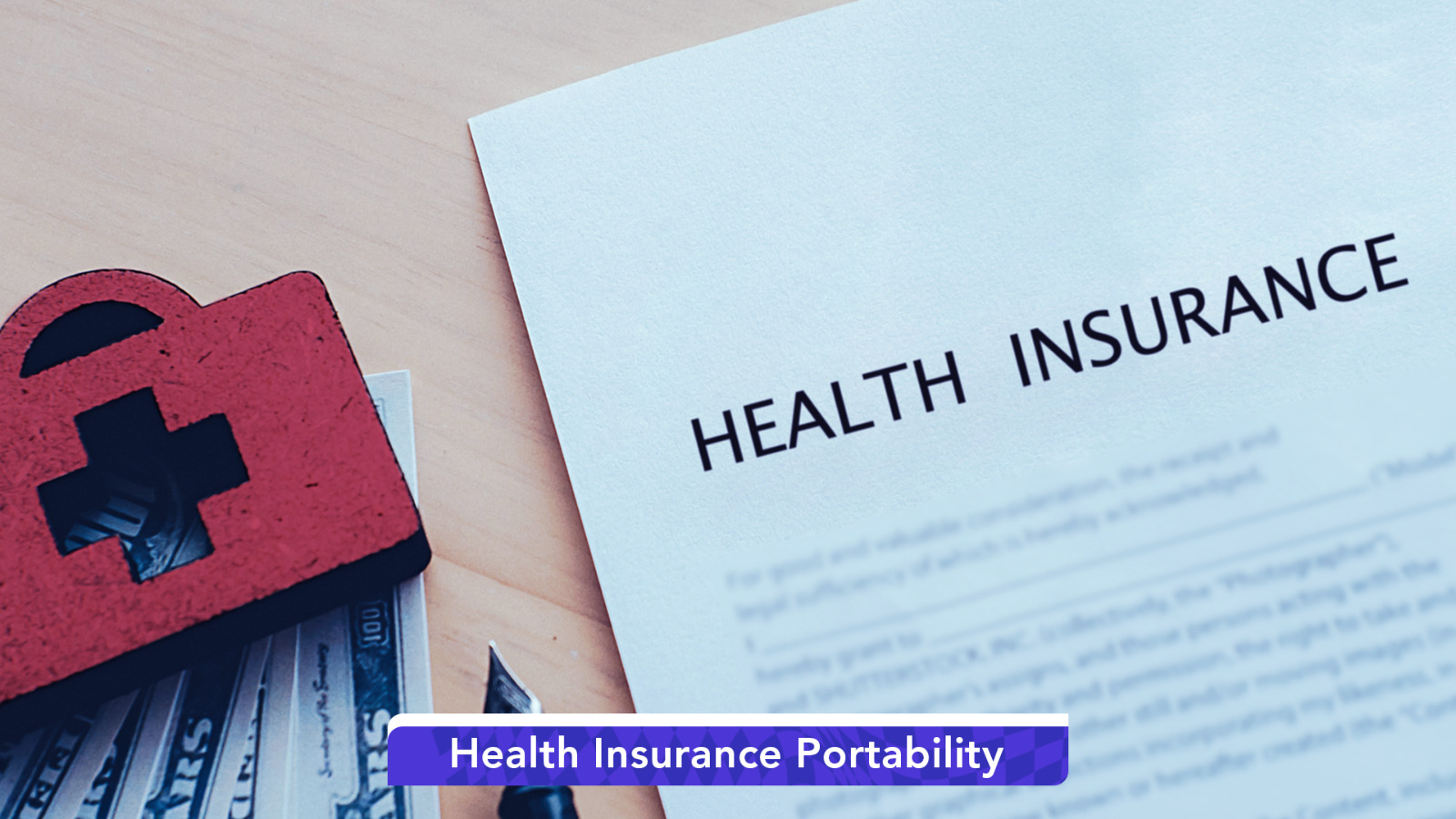You save for years to buy a new machine for your small business, but when disaster strikes, the insurance payout barely covers half the cost to replace it. Shocking, right? General Insurance is supposed to be your safety net against such losses yet many people and businesses learn the hard way that fine print and missteps can leave them vulnerable.
Whether you’re a young professional, a family, or a startup founder, understanding a few key insurance basics can save you from nasty surprises. In this blog, we’ll map out six smart tips for navigating general insurance in India, in plain English. Let’s dive in!
1. Map Your Risks First (Top-3, not “everything”)
What keeps you up at night?
For some, it’s the fear of a medical emergency; for others, it’s a fire in their shop or a cyber-attack on their startup. The first step in smart insurance planning is mapping your risks – basically, listing out what could go wrong in your world.
If you’re a business owner, consider your stage and industry: An early-stage startup might worry about costly equipment breakdowns or a data breach, while a growing MSME (Micro, Small & Medium Enterprise) might face bigger threats like factory fires, employee accidents, or supply chain disruptions.
In fact, surveys found 70% of small businesses (SMEs) faced events like theft, cyber-attacks, natural disasters, or supply chain snags in a recent three-year period. Yet many had no insurance, thinking “it won’t happen to me.”
For individuals, risks could be a serious illness, a car accident, or a burglary at home.
Pro Tip: Once you’ve mapped out potential risks, identify the top three that would hit you hardest, Those are the ones to insure first. Don’t fall into the trap of buying every insurance policy under the sun “just in case.” Not only would that be expensive, but you might end up with coverage you don’t actually need. Instead, prioritize the big threats.
Real-world Scenario: Rohan, who runs a food delivery startup, listed his risks and realized his top worries were:
- An accident injuring a delivery driver (liability/workers’ compensation),
- A server crash exposing customer data (cyber liability), and
- A fire at the small warehouse where he stores goods (fire insurance). He bought policies for these and skipped a bunch of other frills.
Six months later, one of these events did happen, a warehouse short-circuit fire. Because he had prioritized that risk and insured it, the claim money helped him rebuild quickly.
2. Sum Insured = Replacement Value
If your brand-new refrigerator gets damaged in a power surge, would you be happy if insurance paid only its second-hand value?
Probably not. The sum insured for any asset (your home structure, household contents/appliances, or business machinery) should match the cost to buy a new equivalent today, not the old purchase price or depreciated book value. Insuring for less is a common mistake and at claim time, the payout won’t be enough to replace the item new. Insurance exists to indemnify (make you whole), so set sums that actually put you back where you were before the loss.
Why Replacement Value Matters:
Prices rise. What you bought for ₹50,000 five years ago may cost ₹80,000 now. If you insure for ₹50,000, you’re underinsured.
- Home (building): Use current rebuild cost, materials + labour rather than the price you paid years ago.
- Business machinery: If a 2010 machine cost ₹10 lakh then and a comparable new one is ₹20 lakh now, insure ₹20 lakh (reinstatement value).
This ties to the Average Clause: Insure only 25% of true value and the insurer may pay only 25% of any loss. Ouch.
Action Step:
At every purchase/renewal, update sums insured to today’s prices:
- Home/contents: Keep a simple inventory with current replacement prices, Save invoices/photos/serial numbers.
- Business assets: Get fresh vendor quotes for key equipment.
Being properly insured means you won’t be left funding a big gap when things go wrong.
Common Mistake to Avoid: Don’t confuse market value with replacement value. Market value might be lower (especially for older items, because it factors depreciation). Replacement value is what you need for a brand-new equivalent. Always aim for replacement/new cost coverage. And remember, for things like health insurance, “sum insured” is basically the maximum cover – so think about the medical costs in your city and choose a sum that could truly cover a major hospitalization. Better a slightly higher premium than finding out you don’t have enough cover when it’s too late.
3. Read the Policy: Check Exclusions, Deductibles, Sub-limits, and Waiting Periods
“Sir, this claim isn’t payable – it’s not covered.”
Words you never want to hear when you’re already dealing with a mishap! Yet, many policyholders do hear this, often because of something hidden in the policy. Insurance policies come with strings attached and those strings are called exclusions, deductibles, sub-limits, and waiting periods. It may sound boring, but knowing these upfront can make or break your claim experience.
- Exclusions: Things the policy won’t pay for.
- Example: cosmetic surgery (health), wear-and-tear (motor), many pre-existing issues (travel). Always read this list first so there are no surprises.
- Example: cosmetic surgery (health), wear-and-tear (motor), many pre-existing issues (travel). Always read this list first so there are no surprises.
- Deductibles: The amount you pay before insurance pays.
- Example: ₹1,000 deductible on a ₹10,000 repair = you pay ₹1,000, insurer pays ₹9,000.
- Higher voluntary deductibles = lower premium but more out-of-pocket at claim time.
- Sub-limits: Limits within your sum insured.
- Example: Room Rent capped at 1% of sum insured/day. Choose a costlier room and you pay the extra (and other payouts may shrink).
- Know the caps to avoid short payouts.
- Waiting Periods: Time during which certain claims aren’t payable.
- Commonly: 30 days initial wait. 2–4 years for pre-existing diseases.
- Specific waits for maternity or joint replacements.
- Plan ahead, So claims during the wait are usually denied.
Pro Tip: A plan with a slightly higher premium but fewer exclusions or shorter waiting periods might save you loads of grief later. As industry guide notes, shorter waiting periods = faster access to benefits.
4. Will this add-on actually save you money at claim time?
“Do you want fries with that?”
Add-ons in insurance are a bit like those fast-food extras tempting, possibly useful, but not always necessary. From a zero-depreciation cover for your car, to a restoration benefit in your health insurance, insurers offer many optional add-ons.
The key is to opt in only when the value outweighs the cost (ROI – Return on Investment – should be clear).
Let’s decode the examples:
- Zero Depreciation (Zero-Dep) Motor Cover: Normally, when you make a car insurance claim, the insurer won’t pay the full cost of replacing parts – they deduct depreciation (because old parts aren’t worth as much as new). With a zero-dep add-on, depreciation is not deducted, meaning you get a higher claim amount for repairs. It’s especially beneficial for new or expensive cars, ensuring you don’t pay a chunk from your pocket for part replacements.
- Restoration Benefit in Health Insurance: If your sum insured is fully used, this add-on restores it for another, unrelated claim in the same year (often for a different illness/person). Watch for rules, As many plans don’t restore for the same illness, and it triggers only after full exhaustion. But it’s best for family floater plans or risk of multiple hospitalizations.
- Other add-ons
Engine protector (motor): flood-prone areas.
Consumables/key loss (motor): reduces out-of-pocket bills.
Maternity, hospital cash (health): only if relevant.
Common Mistake: Buying add-ons because they sound “premium” or because the agent pushed them, without understanding them. Always ask, “How will this add-on help me at claim time? Do I really need it given my situation?” If the answer isn’t convincing, you can safely say no. After all, the goal is not to have the fanciest policy, but the most useful one.
5. Check the Network and Service Quality: Can Your Insurer Deliver When It Counts?
The true test of insurance isn’t when you buy the policy, it’s when you claim.
You want an insurer that can service you quickly and smoothly in an emergency. So before you sign on, do a bit of homework on the insurer’s network and track record:
- Network Garages / Hospitals:
- Motor: Pick an insurer with approved garages near you (your routes/PIN code). Towing 200 km = pain.
- Health: Make sure your preferred hospitals are on the cashless list in your city.
- Travel: Check coverage in places you often visit.
- Claim Turnaround Time (TAT):
- Faster TAT = fewer headaches.
- Check reviews, claim settlement trends (CSR ~95%+ for health is good), and complaint ratios.
- Ask friends/agents about real claim experiences and 24×7 support.
- Cashless and Ease of Process:
- Health: Cashless = hospital bills insurer directly, So you avoid big upfront payments.
- Motor: Cashless garages bill insurer, So you pay only deductible/allowed extras.
- Prefer insurers with simple apps, photo uploads, and clear document checklists.
Real-world Tip:
Check if your insurer (or the specific policy) has any special service guarantees. Some promise things like 30-minute claim approval for health or 3-day claim settlement for motor, etc. While marketing promises should be taken with a pinch of salt, it indicates they prioritize service. Also, see if they offer a nearby surveyor for vehicle claims or if everything can be done online. A company with a strong network in your region and a reputation for quick responses will make your life much easier when filing a claim.
In short, do a “service check” just like you’d test drive a car. A policy isn’t just about what it covers, but how effectively it gets you out of trouble. An insurance plan with great coverage on paper but poor service is like a flashy car with no fuel when you need to run – not very useful!
6. If a loss happened today, are your documents ready?
When something goes wrong, it’s too late to start hunting for paperwork. The time of crisis, whether a car accident, a hospital rush, or a theft at home is stressful.
By preparing a simple “claims kit” in advance, you can make any future claim smoother and faster.
Here’s what to have in your claims kit:
- Key Documents and Proofs: Keep copies of purchase invoices or receipts for high-value items (electronics, appliances, jewellery, etc.), either physically or scanned digitally. If you don’t have a receipt, at least have photos of the item and note down serial numbers or model numbers. Maintain copies of your policy documents, ID proofs, and any medical records (for health insurance) in one place.
- Emergency Info: Write down important contact numbers – your insurer’s claim hotline, your policy number, your insurance agent or broker’s contact (if you have one), and perhaps even the number of a nearby police station (since an FIR or police report is often needed for theft, accident, or third-party liability incidents). In a car accident or theft, an FIR (First Information Report) might be required, so knowing where and how to file one quickly is useful. After an incident, also try to collect evidence: e.g., take photos of accident damage, note names of witnesses if any – these can strengthen your claim.
- Single Point of Contact (SPOC): If you’re part of a family or a business, decide who will communicate with the insurance company to avoid confusion. For a family, it might be the most insurance savvy member. For a business, it could be a specific manager or the HR person. Having one coordinator ensures that all required documents are submitted and there’s consistent follow-up.
Why This Matters: Speed and completeness are crucial in claims. If you can provide all documents and information without delay, the insurer has less reason to delay either.
Bonus Tip: Periodically review and update your claims kit. If you buy a new expensive gadget, add the invoice to your file. If you change your phone number or the insurer updates their contact, update your emergency contacts list. It’s a living folder – keep it current.
Conclusion: Simple Steps = Strong Protection
Insurance might seem complicated, but it boils down to this, Know what you need, know what you’re buying, and be prepared. By mapping your biggest risks and focusing on essential covers, you avoid wasting money and protect what truly matters. By insuring for the right value and reading the fine print (those not-so-exciting exclusions and conditions), you prevent nasty surprises when making a claim. By choosing add-ons carefully, you spend wisely on only those extras that give you real benefits. And by checking your insurer’s network and keeping your claim documents ready, you ensure that if life throws a curveball, you can bounce back with minimal hiccups.






